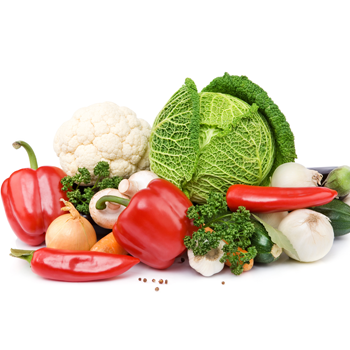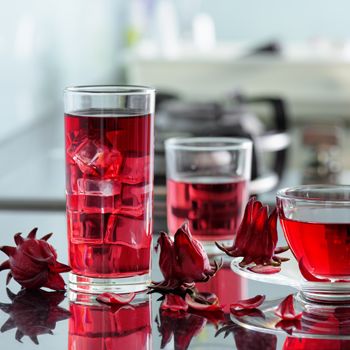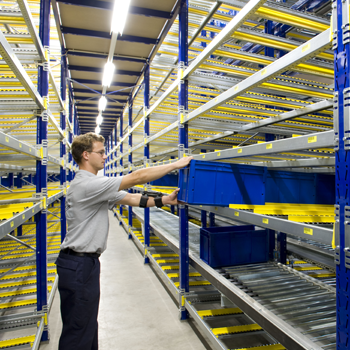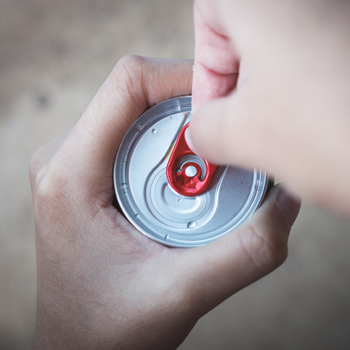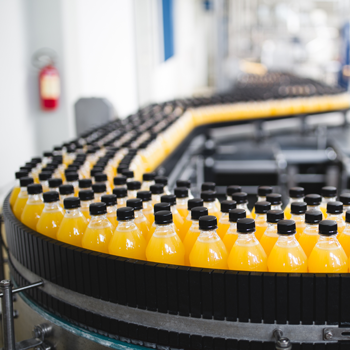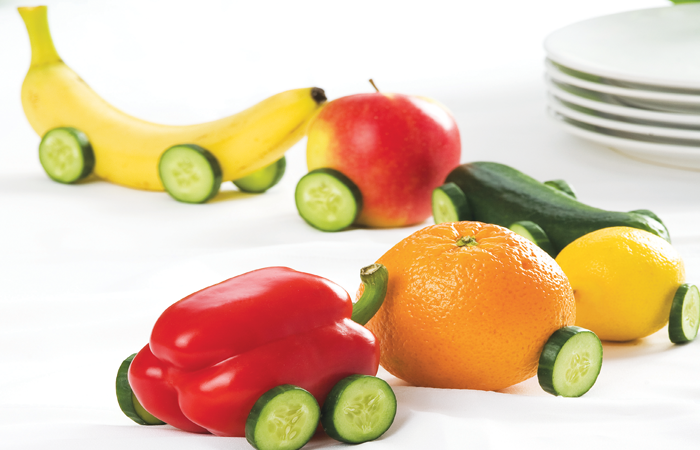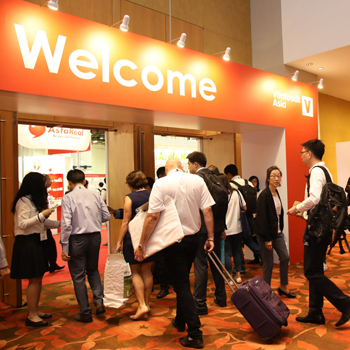
ส่งออกอาหารปี 61 คาดฝ่าปัจจัยเสี่ยงทะลุล้านล้านบาท
By: สถาบันอาหาร
National Food Institute
Ministry of Industry
www.nfi.or.th
Full article TH-EN
ข้อมูลภาพรวมธุรกิจเกษตรและอุตสาหกรรมอาหารของไทยครึ่งปีแรก 2561 และแนวโน้มครึ่งปีหลัง จากการแถลงร่วมของตัวแทนหลักจาก 3 องค์กร ประกอบด้วย นายยงวุฒิ เสาวพฤกษ์ ผู้อำนวยการสถาบันอาหาร กระทรวงอุตสาหกรรม นายพจน์ อร่ามวัฒนานนท์ รองประธานกรรมการ สภาหอการค้าแห่งประเทศไทย และนายวิศิษฐ์ ลิ้มลือชา ประธานกลุ่มอุตสาหกรรมอาหาร สภาอุตสาหกรรมแห่งประเทศไทย พบว่า การส่งออกสินค้าอาหารของไทยในช่วง 4 เดือนแรกของปี 2561 ขยายตัวเพิ่มสูงขึ้นมากในรูปดอลลาร์สหรัฐฯ ส่วนในรูปเงินบาทขยายตัวต่ำ มีปริมาณ 10.9 ล้านตัน เพิ่มขึ้นร้อยละ 1.9 มีมูลค่า 318,577 ล้านบาท หรือ 10,103 ล้านเหรียญสหรัฐฯ ขยายตัวเพิ่มขึ้นร้อยละ 1.5 และร้อยละ 13.2 ในรูปเงินบาทและในรูปดอลลาร์สหรัฐฯ ตามลำดับ สินค้าส่งออกที่ขยายตัวดี ได้แก่ ข้าว ไก่ มันสำปะหลัง เครื่องปรุงรส และผลิตภัณฑ์มะพร้าว สินค้าที่มีการส่งออกหดตัวลงทั้งปริมาณและมูลค่า ได้แก่ กุ้งและผลิตภัณฑ์สับปะรด เนื่องจากตลาดเกิดการแข่งขันที่รุนแรง สหรัฐฯ นำเข้ากุ้งจากอินเดีย อินโดนีเซีย และเอกวาดอร์มากขึ้น ส่วนสับปะรดไทยต้องเผชิญคู่แข่งอย่างฟิลิปปินส์ และอินโดนีเซีย ที่มีปริมาณผลผลิตเพิ่มขึ้นเช่นกัน
ขณะที่กลุ่มประเทศ CLMV ยังคงเป็นตลาดส่งออกอาหารอันดับ 1 ของไทย มีสัดส่วนส่งออกร้อยละ 15.4 รองลงมา ได้แก่ ญี่ปุ่น (ร้อยละ 12.9) อาเซียนเดิม (ร้อยละ 12.5) สหรัฐอเมริกา (ร้อยละ 9.8) แอฟริกา (ร้อยละ 9.7) จีน (ร้อยละ 9.7) สหภาพยุโรป (ร้อยละ 6.0) ตะวันออกกลาง (ร้อยละ 3.7) โอเชียเนีย (ร้อยละ 3.2) สหราชอาณาจักร (ร้อยละ 3.0) และเอเชียใต้ (ร้อยละ 2.8) โดยตลาดที่มีการขยายตัวโดดเด่น คือ กลุ่มประเทศในภูมิภาคเอเชียใต้ มีอัตราการขยายตัวสูงถึงร้อยละ 110.8 จากการส่งออกน้ำมันพืชไปยังประเทศอินเดียเป็นหลัก รองลงมา ได้แก่ จีน เพิ่มขึ้นร้อยละ 27.2 จากการกลับมานำเข้ามันสำปะหลังจากไทย แอฟริกาเพิ่มขึ้นร้อยละ 19.7 จากการส่งออกข้าวเป็นหลัก และตลาดอาเซียนเดิมเพิ่มขึ้นร้อยละ 12.3 จากการส่งออกข้าว น้ำตาลทราย และแป้งมันสำปะหลังที่เพิ่มสูงขึ้น
นอกจากนี้ ยังคาดภาพรวมการส่งออกอาหารไทย 6 เดือนแรกของปี 2561 นั้นน่าจะขยายตัวเพิ่มสูงขึ้นมากในรูปดอลลาร์สหรัฐฯ ส่วนในรูปเงินบาทขยายตัวต่ำ เพราะการแข็งค่าของเงินบาทยังคงส่งผลกระทบต่อการค้าในช่วงดังกล่าว ประเมินว่าการส่งออกจะมีมูลค่า 507,844 ล้านบาท หรือ 15,850 ล้านเหรียญสหรัฐฯ ขยายตัวเพิ่มขึ้นร้อยละ 1.9 และร้อยละ 10.3 ในรูปเงินบาทและในรูปดอลลาร์สหรัฐฯ ตามลำดับ
Thai food export in 2018 to break through risk factors and worth beyond one trillion baht According to a press conference on the overall report on Thai agricultural business and food industry in the first half of 2018 and the trend in the second half, which was joined by three organization representatives Mr.Yongvut Saovapruk, President of National Food Institute, Industry Ministry, Mr. Poj Aramwattananont, Vice Chairman to the Board of Trade of Thailand, and Mr. Visit Limruecha, Chairman to the Food Industry Club of the Federation of Thai Industries, it found that Thai food export in the first four months of the year expanded highly in term of US dollar, while increased slightly in term of Thai baht or grew by 1.9 percent in volume to 10.9 million tons, while value was up by 1.5 percent to THB318.57 billion or 13.2 percent to US$10.10 billion, respectively. Major export products that have increased significantly are included rice, chicken, tapioca, seasoning, and coconut products. Products that have decreased in term of both export volume and value are included shrimp and pine-apple products due to high competitiveness in the market as the United States import more shrimp from India, Indonesia, and Ecuador, while Thai pine-apple have to face with high competitiveness from the Philippines and Indonesia, which have high productions as well.
The CLMV countries (Cambodia, Laos, Myanmar, and Vietnam) is remaining as Thailand’s largest export market with export value to those markets are accounted by 15.4 percent from total export value, following by to Japan (12.9%), the US (9.8%), Africa (9.7%), China (9.7%), the EU (6.0%), the Middle East (3.7%), Oceania (3.2%), the UK (3.0%), and South Asia (2.8%). Markets that export have increased considerably were countries in the South Asia, which export was up strongly by 110.8 percent from shipment of vegetable oil to India, following to export to China, which was increased by 27.2 percent, thanks to China backed to import Thai tapioca again, and to Africa was up by 19.7 percent from rice export as main products, and to traditional ASEAN market (Indonesia, Malaysia, the Philippines, and Singapore) rose by 12.3 percent from higher export of rice, sugar, and tapioca starch.
Moreover, it also forecasts that the overall Thai food export in the first half of the year is expected to increase largely in US dollar term, while export in term of baht value will grow in lower rate due to the baht appreciation affect Thai shipment in the period. Export is projected to worth THB507.84 billion or US$15.85 billion, an increase by 1.9 percent and 10.3 percent in term of baht and the US dollar, respectively.

